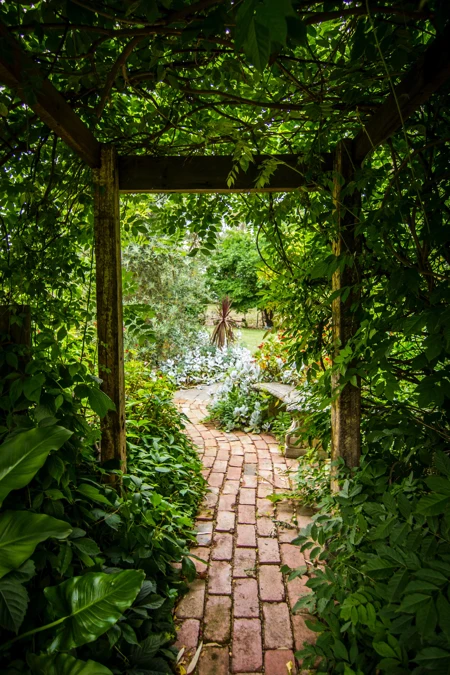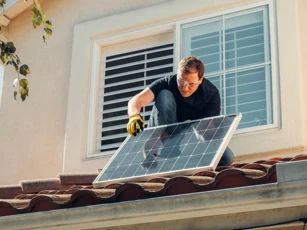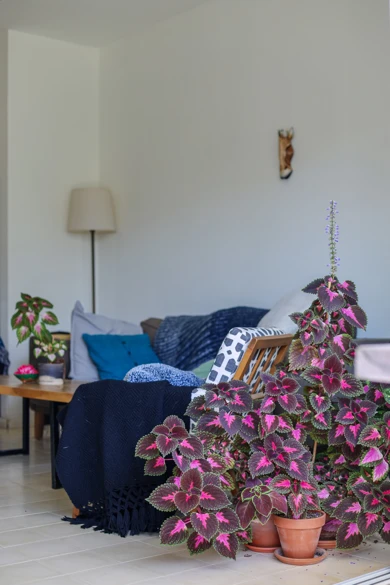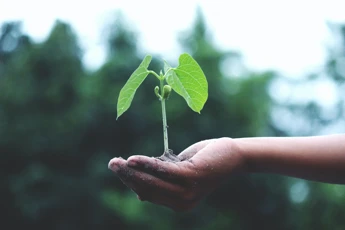Green landscaping is an environmentally conscious approach to managing and designing gardens and landscapes. When we incorporate sustainable practices into our gardens, like choosing native plants, conserving water and energy, and promoting biodiversity, we can help create healthier and more eco-friendly communities.
With an increasing awareness of the effect that gardens and landscapes have on the environment, many are turning to green landscaping as a way of practising sustainability in their own lives. Let’s explore what the principles and benefits of green landscaping are and discuss some practical tips for creating a sustainable and beautiful green garden.
How choosing native plants impacts your garden
One of the most important aspects of green landscaping is choosing the right plants based on your region. Native plants have evolved specifically to thrive in your local climate, so they will likely need less water, fertiliser, and pesticides than non-native plants.
Local wildlife will have adapted in the same way, so native plants will inherently be better suited to attracting native fauna like birds, butterflies, and bees.
Choosing native plants also helps preserve the genetic diversity of local flora, which is important for maintaining a healthy and resilient ecosystem.
Native British Plants
With over 1,600 native plants in Britain, you'll have plenty of options for a lush and colourful garden. Here are some examples of native flowers:
- Primrose
- Corn Chamomile
- Kingcup
- Dog rose
- Honeysuckle
- Foxglove
- Forget-Me-Not
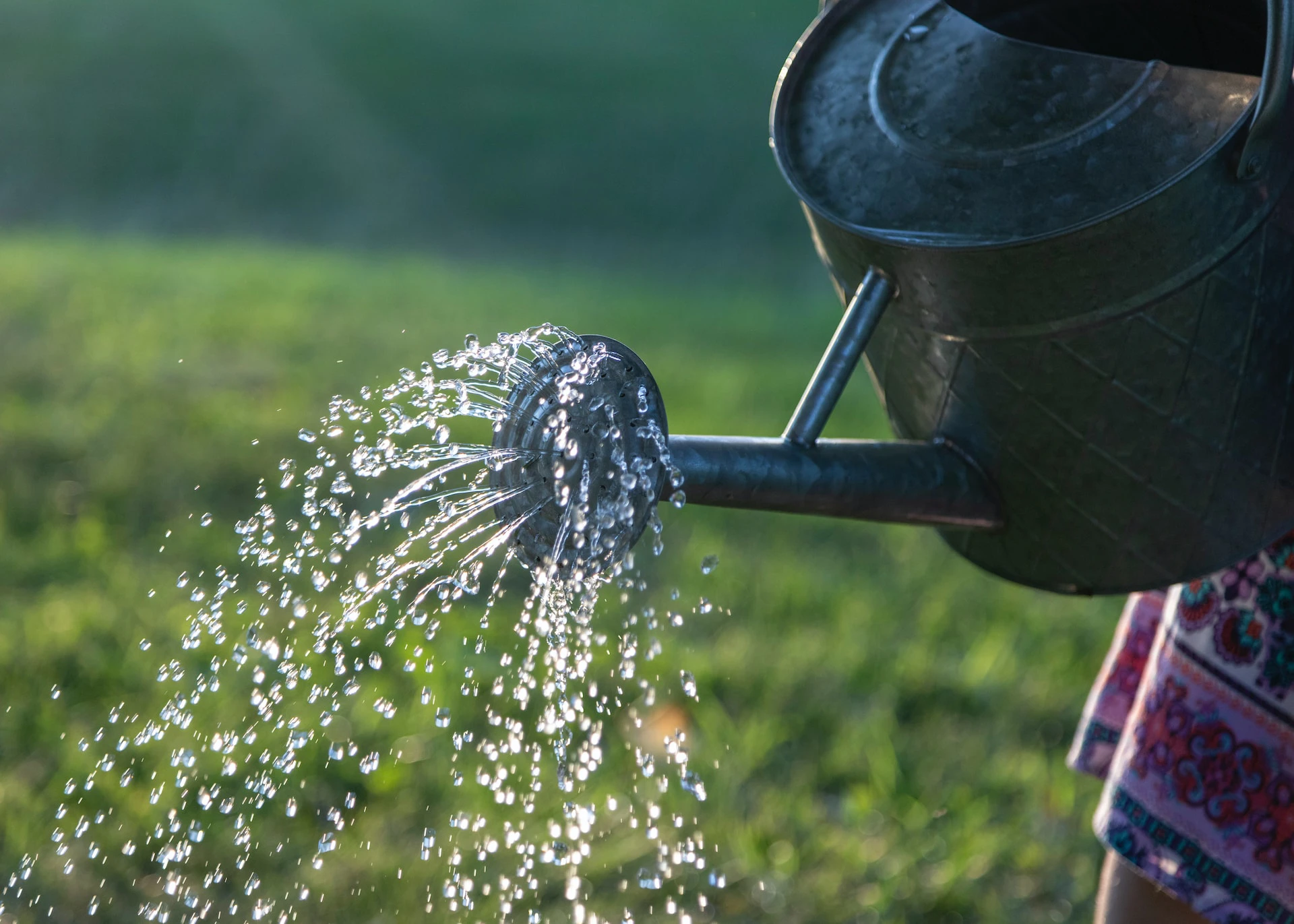
Understanding water conservation
Another key principle of green landscaping is water conservation. We can achieve this in a number of ways, such as incorporating a drip irrigation system into our gardens, or installing rain barrels to collect rainwater. It can also help to plant drought-tolerant plants as they’ll need less water to thrive.
Drip irrigation systems deliver water directly to the roots of plants, reducing water waste and ensuring that plants receive the precise amount of water they need. Rain barrels can be used to collect rainwater from gutters and downspouts, which can then be used to water plants during dry periods.
Energy conservation in green landscaping
In addition to conserving water, green landscaping also aims to conserve energy. We can achieve this through the use of shade trees, which can help reduce energy consumption by shading buildings and reducing the need for air conditioning during hot weather. Trees and other vegetation also absorb carbon dioxide and other pollutants from the atmosphere, helping to mitigate the effects of climate change.
Just be sure to keep an eye on large branches that hang over your house as they could break and damage the roofs and walls.
Use LED or solar garden lights
If you're looking to illuminate your garden, consider LED or solar lights instead of traditional bulbs. These are ideal for keeping the bills down and better still, solar doesn't rely on electricity at all, though you can get systems that will swap to your normal power if it runs out of solar juice.
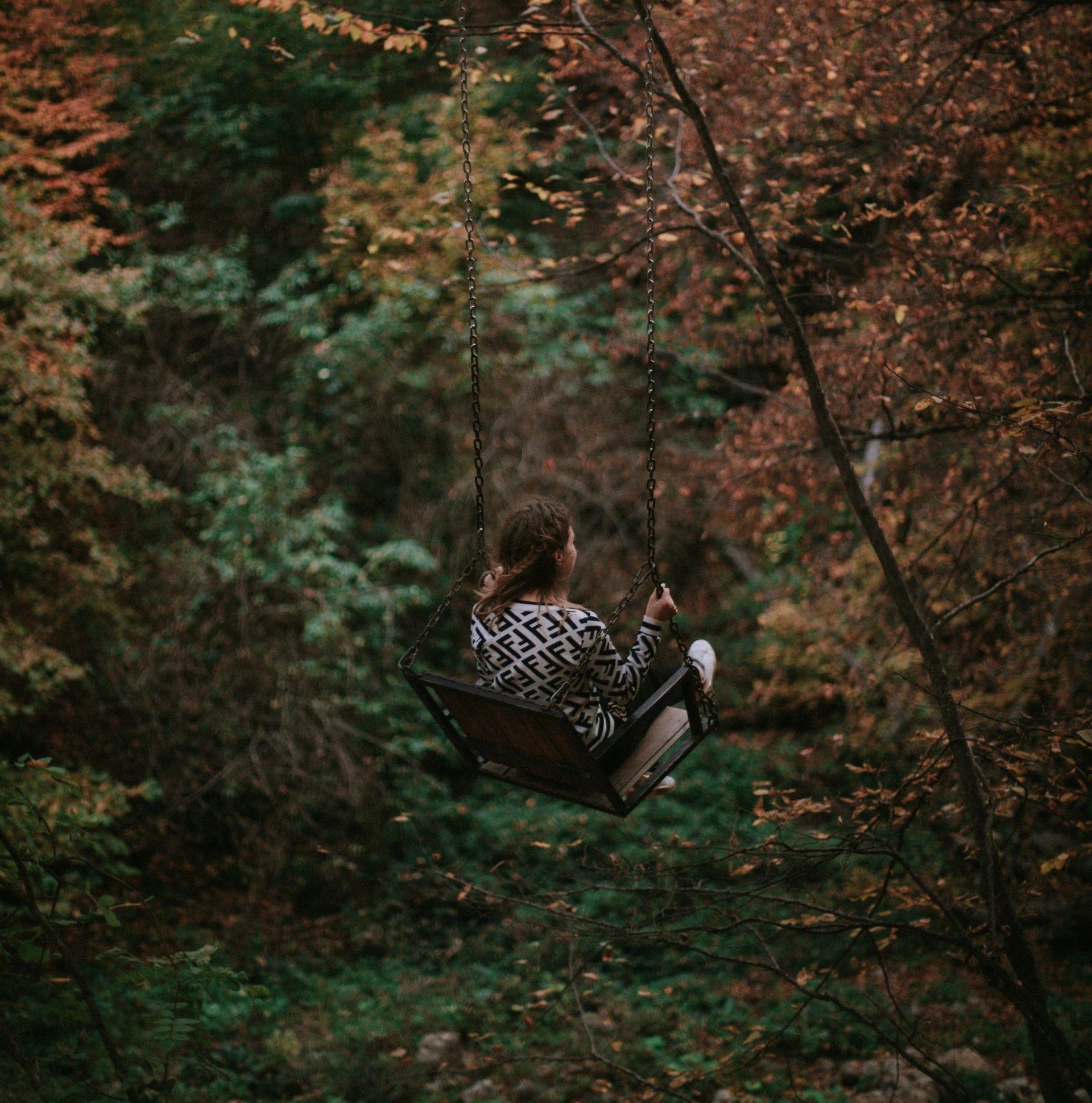
Promoting eco-diversity
Finally, green landscaping seeks to promote biodiversity and create habitat for local wildlife. We can help encourage this diversity by planting a variety of plants that provide food, shelter, and nesting sites for birds, butterflies, and other wildlife.
Creating a wildlife-friendly garden can be as simple as planting a variety of flowering plants, providing a bird feeder or bird bath, or leaving a small area of the garden wild and untamed.
By providing habitat for local wildlife, green landscaping helps to support local ecosystems and promote environmental conservation.
Trees and shrubs
Hedges, trees, and shrubs are all great for biodiversity as they provide much needed shelter and nesting areas for local wildlife.
Many species also produce flowers, fruit, and seeds which is ideal for foraging and pollination.
Trash to treasure
Compost heaps, piles of logs, and even corrugated iron set out in your garden can provide shelter, shade, and a natural habitat for a variety of critters.
If you're worried about the aesthetic, tuck them into a shady corner.
Gardens and water
Not only is water a great way to attract birds and other wildlife to your garden, it opens doors to an array of new plants and local fauna, like frogs and fish.
Consider a rain garden if you have an area where water tends to gather.

Why sustainability and green landscaping is important
Green landscaping is a sustainable and eco-friendly way to manage and design gardens and landscapes. By choosing native plants, conserving water and energy, and promoting biodiversity, it's possible to create a beautiful and healthy garden that supports local ecosystems and helps to mitigate the effects of climate change, even in a small way.
After all, every little bit counts.
Important information
Your home may be repossessed if you do not keep up repayments on your mortgage.
There may be a fee for mortgage advice. The actual amount you pay will depend on your circumstances. The fee is up to 1% but a typical fee is 0.3% of the amount borrowed.

